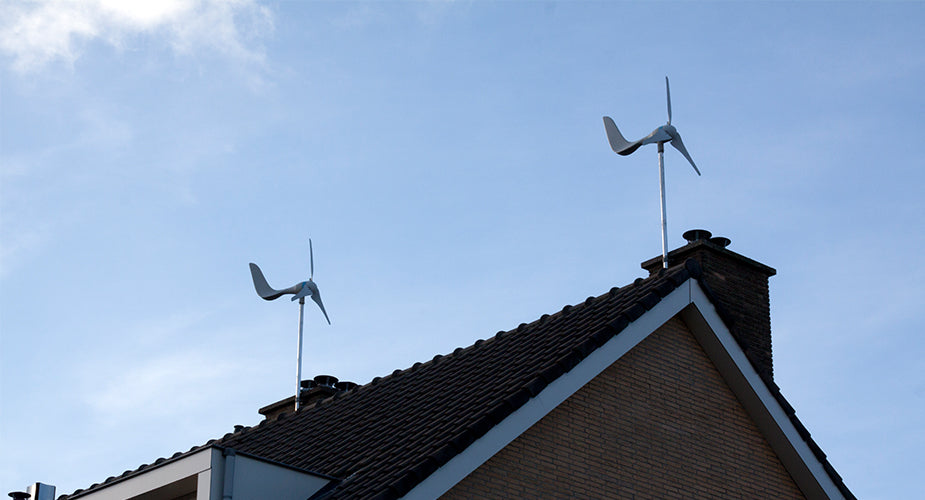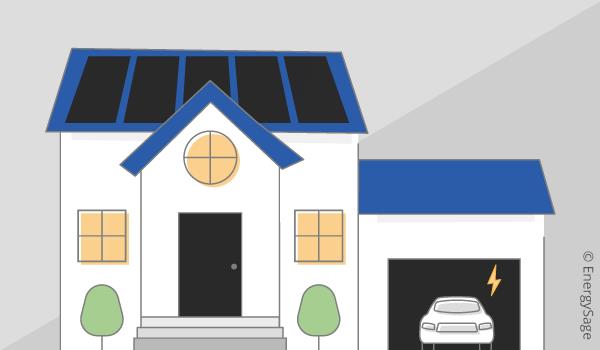
Are you ready to take your commitment to sustainability to the next level?
In this informative article, we will guide you through the process of setting up a home recycling system, transforming your household into a green hub.
From selecting the right bins to educating your family on recycling practices, we will provide practical tips and strategies to help you effectively collect and dispose of recyclable items.
Join us on this journey towards a greener future for your home and the planet.
Choosing Your Bins
When setting up a home recycling system, it is essential to carefully choose the appropriate bins. Not all bins are created equal, and selecting the right ones can make all the difference in the effectiveness of your recycling efforts.
Consider incorporating composting benefits into your recycling routine by including a compost bin. Composting not only reduces waste but also enriches the soil and helps plants grow.
Additionally, opt for eco-friendly packaging options, such as bins made from recycled materials or those that can be easily recycled themselves.

Identifying Recyclable Items
To effectively sort your recyclables, it is crucial to accurately identify the items that can be recycled on a regular basis. By understanding the recycling symbols commonly found on packaging, you can easily determine which items can be recycled and which should be disposed of in the regular trash.
Here are some common symbols and what they mean:
- The recycling symbol with a number inside indicates the type of plastic used in the packaging. Look for numbers 1 to 7, as these are typically recyclable.
- The symbol of three arrows forming a triangle signifies that the item is made of recycled material. These items can usually be recycled again.
- The symbol of a crossed-out trash bin means the item should not be disposed of in regular trash, as it can be recycled.
- The symbol of a recycling bin with a percentage inside indicates the amount of recycled material used in the packaging.
Educating Your Family on Recycling
In order to foster a culture of recycling within your household, it is essential to educate your family members on the importance and benefits of recycling. Teaching methods that are engaging and interactive can help to make the learning process more enjoyable and effective.
One effective teaching method is to involve your family in sorting and separating recyclable items together. This hands-on activity can help them understand the different types of materials that can be recycled and the impact of their actions on the environment.
Another engaging activity is to create a recycling challenge or competition within the family. This can motivate everyone to actively participate in recycling and make it a fun and rewarding experience.
Collecting Recyclables Effectively
To collect recyclables effectively, it is important to establish a systematic and organized approach within your household. By setting up recycling stations in strategic locations, you can ensure that everyone in your family can easily dispose of their recyclable items.
Here are some tips to help you collect recyclables efficiently:

- Designate specific bins or containers for different types of recyclables, such as paper, plastic, glass, and metal. Clearly label each bin to avoid confusion.
- Place the recycling stations in convenient areas, such as the kitchen, garage, or near the main entrance. This encourages everyone to use them regularly.
- Educate your family members about what can and cannot be recycled to reduce contamination levels. Provide a list of accepted materials and offer guidance on proper sorting techniques.
- Regularly empty and clean the recycling bins to maintain hygiene and prevent odors. Properly dispose of the recyclables in the designated recycling collection area or schedule regular pick-ups if available.
Scheduling Regular Pickups
Scheduling regular pickups is essential for maintaining an efficient home recycling system and ensuring that recyclables are properly disposed of. By setting up a schedule for pickups, you can establish a routine and ensure that your recyclables are collected on a consistent basis.
One way to stay organized is by using scheduling reminders, whether it's a simple calendar reminder or a phone app. These reminders can help you stay on track and avoid forgetting about your scheduled pickups.
Additionally, it's important to find local recycling centers that accept the materials you are recycling. This way, you can easily drop off your recyclables or arrange for them to be picked up by a recycling service.
Frequently Asked Questions
How Do I Dispose of Hazardous Waste Materials Like Batteries and Electronics?
Disposal methods for hazardous waste materials such as batteries and electronics require proper handling. It is important to follow local regulations and guidelines to ensure safe disposal and minimize the environmental impact.
Can I Recycle Plastic Bags and Plastic Film?
Recycling plastic bags and film can be challenging due to their lightweight and flexible nature. However, effective recycling solutions exist, such as drop-off locations at grocery stores and specialized recycling facilities. It is important to properly dispose of these items to reduce environmental impact.
What Should I Do With Glass Items That Are Not Accepted in My Recycling Program?
When faced with glass items that are not accepted in your recycling program, consider upcycling ideas and alternative uses. Get creative by repurposing them as decorative items, storage containers, or DIY crafts.
How Can I Recycle Clothing and Other Textiles?
Clothing donation and textile upcycling are effective ways to recycle clothing and other textiles. By donating unwanted items to thrift stores or participating in upcycling projects, individuals can reduce waste and contribute to a more sustainable future.

Is It Possible to Recycle Plastic Bottle Caps and Lids?
Recycling plastic bottle caps and lids: Is it worth the effort? While some recycling centers do accept them, others do not. Exploring alternative uses for these items, such as upcycling or reusing, may be a more practical solution.
 Family Craft ProjectsHome ImprovementCooking and BakingReuse and RecycleDIY GiftsEco-Friendly ProjectsDIY Home SolutionsSeasonal ActivitiesFun and GamesLearn TogetherPrivacy PolicyTerms And Conditions
Family Craft ProjectsHome ImprovementCooking and BakingReuse and RecycleDIY GiftsEco-Friendly ProjectsDIY Home SolutionsSeasonal ActivitiesFun and GamesLearn TogetherPrivacy PolicyTerms And Conditions

 Family Craft ProjectsHome ImprovementCooking and BakingReuse and RecycleDIY GiftsEco-Friendly ProjectsDIY Home SolutionsSeasonal ActivitiesFun and GamesLearn TogetherPrivacy PolicyTerms And Conditions
Family Craft ProjectsHome ImprovementCooking and BakingReuse and RecycleDIY GiftsEco-Friendly ProjectsDIY Home SolutionsSeasonal ActivitiesFun and GamesLearn TogetherPrivacy PolicyTerms And Conditions
